Bees are far more than honey producers.
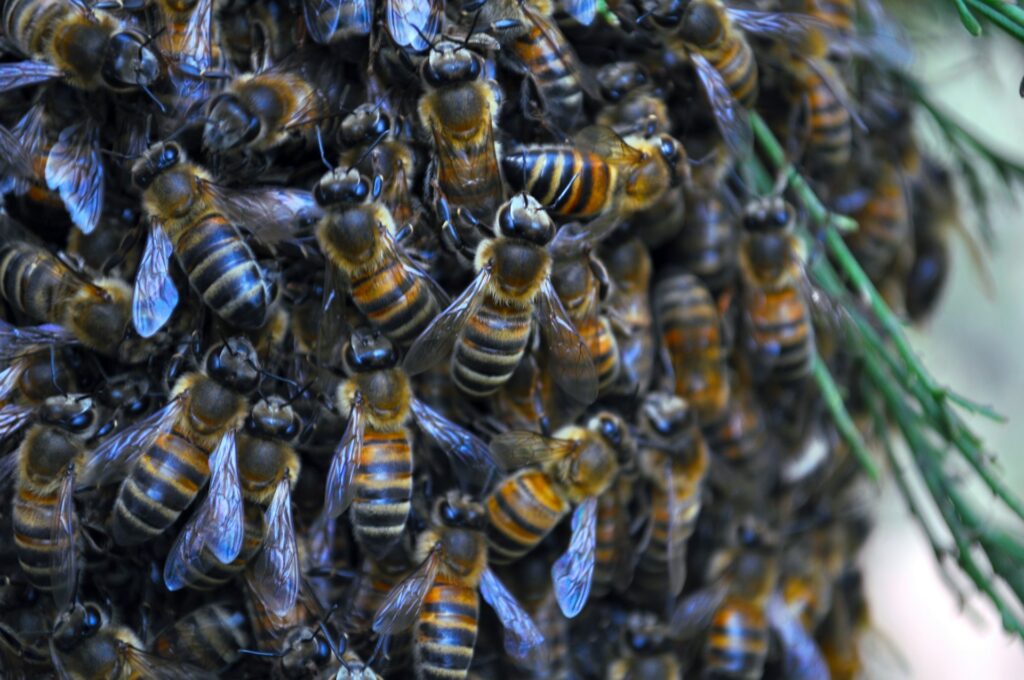
These small, buzzing insects play a critical role in ecosystems around the world, and in ways that go well beyond the jars of golden sweetness we associate them with. As concerns about biodiversity loss, food security, and environmental degradation grow, understanding the role of bees is becoming increasingly important. They are not only key pollinators, but they are also vital to plant reproduction, healthy ecosystems, and the global food chain. Without them, the world as we know it would look and function very differently.
They’re a global workforce in miniature.

There are over 20,000 known species of bees, ranging from the familiar honeybee to countless species of bumblebees, leafcutter bees, mason bees, and other solitary varieties. While not all of them make honey or live in hives, most do share one essential job: pollination. Bees transfer pollen from the male part of a flower (anther) to the female part (stigma), allowing plants to reproduce. This process is the basis of plant fertility and is responsible for much of the fruit, vegetables, nuts, and seeds we consume.
Globally, around 75% of the world’s major food crops rely to some degree on pollination by insects, and bees are by far the most effective pollinators, according to FAO. Crops like apples, blueberries, cucumbers, almonds, and coffee depend on bees for high yields and quality. Even crops that don’t rely exclusively on pollination for growth, such as tomatoes and peppers, benefit from bees, which improve the size, flavour, and nutritional content of the produce.
In the UK, bees play a particularly important role in food security and agricultural productivity. According to the British Beekeepers Association, pollination by bees adds over £650 million a year to UK crop values. Without bees, farmers would need to rely on mechanical pollination—a costly and less effective alternative—or face reduced harvests.
Bees matter to biodiversity in a big way.

Bees do far more than support the food industry. They are crucial to maintaining the balance and diversity of natural ecosystems. When bees pollinate native plants and wildflowers, they help to sustain the web of life that supports birds, mammals, reptiles, and other insects. These plants provide essential food, nesting grounds, and protection for countless species. As bees move from flower to flower, they also contribute to soil health and water regulation, as their work encourages strong root systems and thriving plant cover.
Research has shown that areas with high bee activity tend to have richer biodiversity, more resilient plant communities, and healthier soils, per data published in Nature. In this sense, bees act as ecosystem engineers. Their presence and activity directly influence the health and productivity of entire habitats. Take away the bees, and many of these interconnected systems begin to unravel.
There are more than honeybees to think about.
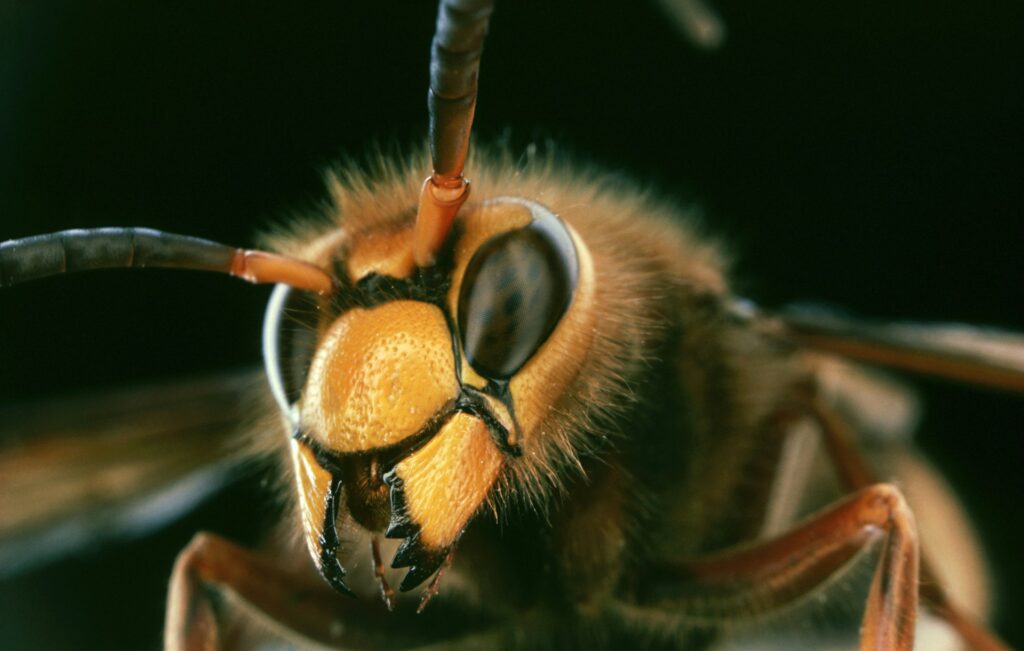
When most people think of bees, they think of honeybees—the ones that live in colonies, produce honey, and are managed by beekeepers. But honeybees are just one species among thousands. In fact, a growing body of research shows that wild pollinators such as bumblebees and solitary bees are often more effective at pollinating certain crops than honeybees.
A landmark study published in Science in 2013 found that wild bees were twice as effective as honeybees at pollinating crops on a per-visit basis. This is partly because many wild bee species are better suited to specific types of flowers. For example, bumblebees perform a technique called “buzz pollination,” where they vibrate flowers at a specific frequency to release pollen, and that’s something honeybees can’t do.
Solitary bees, such as red mason bees and leafcutter bees, are also exceptional pollinators. They don’t form colonies or make honey, but they’re highly efficient and active even in cooler weather when honeybees stay in the hive. In the UK, red mason bees are being introduced into orchards as an alternative to honeybees because of their early-spring activity and effectiveness in pollinating fruit trees.
The threats to bee populations are numerous.

Despite their importance, bees face a growing list of threats that put both wild and managed populations at risk. Habitat loss is one of the most pressing issues. As urban development, intensive agriculture, and infrastructure projects expand, the diverse, flower-rich environments that bees rely on are disappearing. This loss of forage and nesting sites puts strain on bee health and survival.
The use of pesticides, particularly neonicotinoids, has been heavily linked to bee declines. These systemic chemicals not only kill bees outright but also impair their navigation, memory, and reproduction. Although the UK banned the outdoor use of neonicotinoids in 2018, emergency exemptions have continued to be granted for certain crops, raising concerns among environmental groups and scientists.
Climate change adds another layer of complexity.
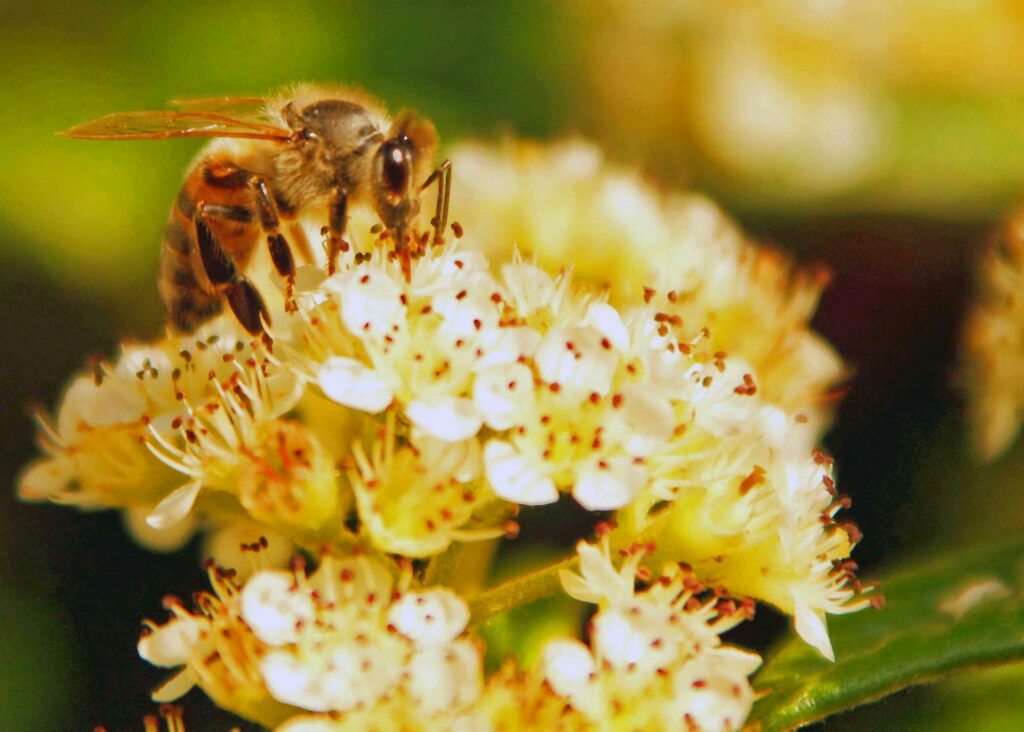
Rising temperatures, shifting weather patterns, and changing flowering times mean that bees and plants are increasingly falling out of sync. When flowers bloom earlier than usual, or during unusual weather events, bees may miss the window to feed, and plants may go unpollinated. Prolonged droughts, floods, and extreme heat can also reduce the availability of nectar and pollen sources.
Diseases and parasites, particularly the varroa mite, continue to plague managed honeybee colonies. Meanwhile, wild bee populations are more vulnerable to the indirect effects of pathogens, as well as competition from non-native species. In the UK, the introduction of Asian hornets poses a new and serious threat, as these aggressive insects prey on bees and disrupt local colonies.
Some species have already vanished. The short-haired bumblebee, once extinct in Britain, is currently the focus of reintroduction efforts thanks to work by conservation groups. Others, such as the shrill carder bee and the great yellow bumblebee, are now among the UK’s rarest pollinators and rely heavily on targeted habitat restoration projects.
What can we do?

Protecting bees is not just the job of scientists or farmers—it’s something we can all contribute to. Creating bee-friendly gardens and green spaces, even on a small scale, makes a tangible difference. Planting native wildflowers, herbs, and pollinator-friendly shrubs provides essential food sources. Avoiding pesticides and offering water sources (like shallow dishes with stones) creates a safe, welcoming environment.
Many UK councils are beginning to adjust mowing schedules, rewild roadside verges, and establish pollinator corridors. These efforts help reconnect fragmented habitats and provide essential refuge for bees and other wildlife. Community gardens, school grounds, and balconies can also be transformed into micro-habitats.
Many wildlife organisations are trying to help.
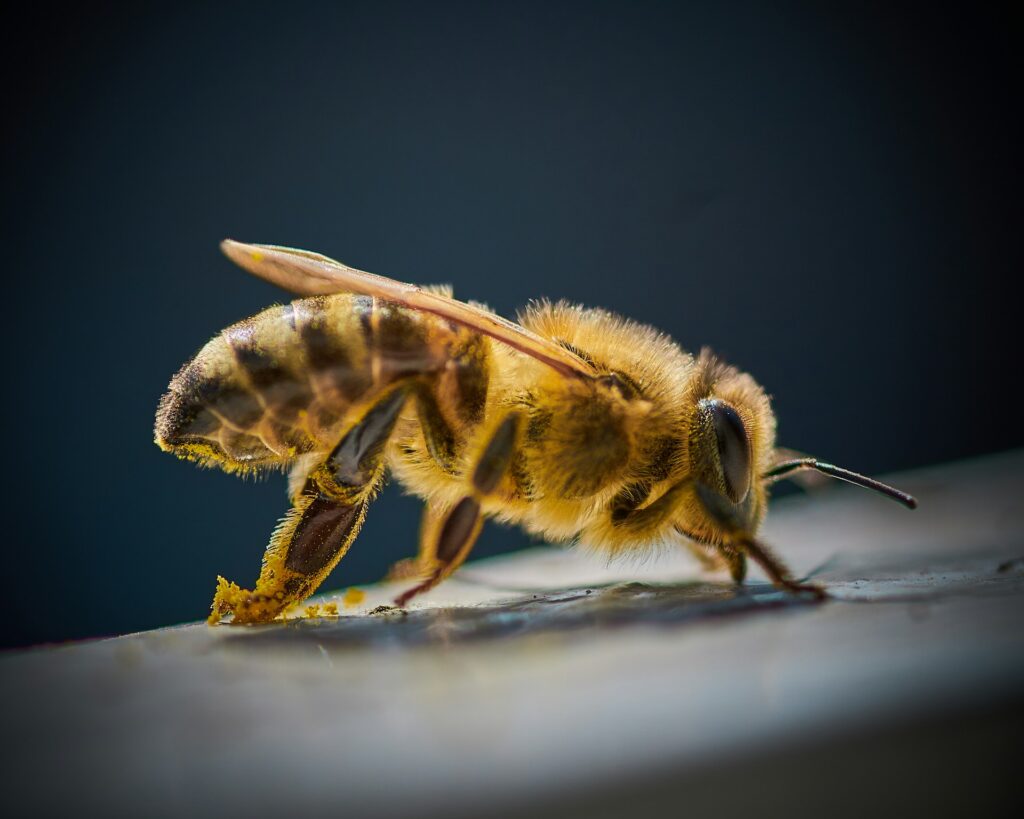
Organisations like Buglife, the Bumblebee Conservation Trust, and the Wildlife Trusts offer advice, citizen science projects, and advocacy campaigns that allow the public to get involved. Participating in initiatives like the Great British Bee Count or maintaining a bee hotel can turn awareness into action.
As consumers, we can also support change by choosing organic food, buying local honey from responsible beekeepers, and supporting farmers who use wildlife-friendly practices. Encouraging supermarkets and food producers to commit to pollinator protection through better sourcing standards sends a clear market signal.
At the policy level, pressure on governments to uphold strong environmental protections, support regenerative farming, and fund habitat restoration is key. Bees don’t exist in isolation; their fate is tied to how we manage land, grow food, and think about progress.
Bees matter, and we need to remember that.
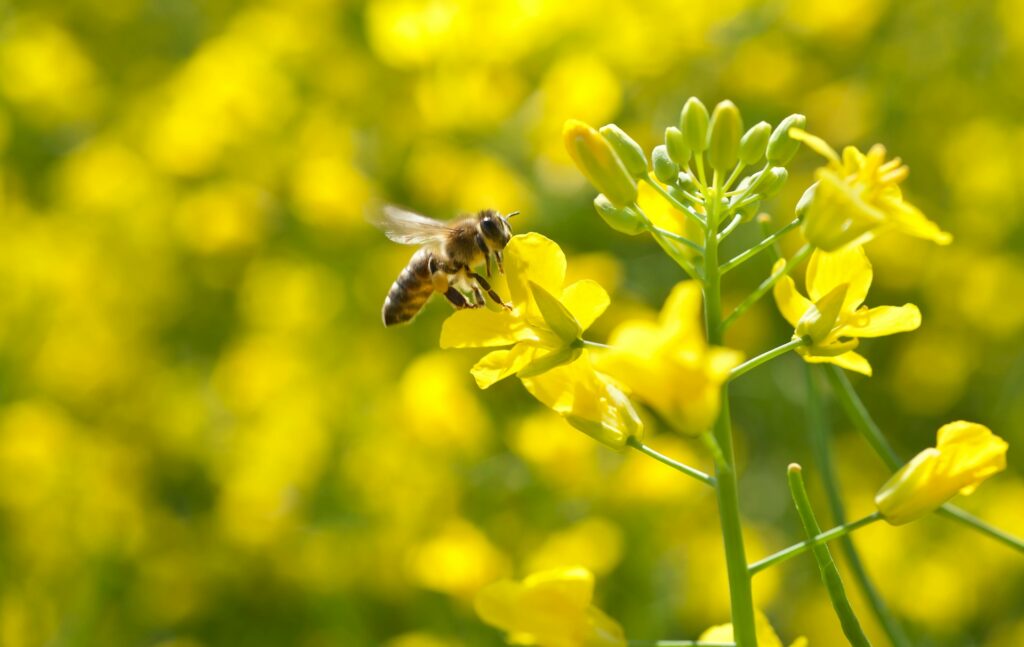
Bees are not just helpers in the garden or icons of springtime. They’re a keystone species in the truest sense. Their work underpins the health of ecosystems, the stability of our food supply, and the richness of life that surrounds us. Without them, entire food chains and habitats begin to falter.
By understanding the role bees play, and by making space for them in our gardens, communities, and national policies, we’re not just protecting pollinators. We’re protecting the systems that sustain us all. As climate change accelerates and biodiversity loss becomes more urgent, protecting bees is not just a nice idea, it’s a necessity.
They may be small, but their impact is enormous. And with the right support, they can continue to thrive, ensuring a healthier, more vibrant world for all of us.